
CHUCK SCHMIDT / Still Goofy About Disney
AllEars.Net Guest Blogger
On Oct. 24, 1982, E. Cardon Walker stepped onto a small podium in front of a giant geodesic dome known as Spaceship Earth and read the following words:
“To all who come to this place of joy, hope and friendship, welcome. Epcot Center is inspired by Walt Disney’s creative genius. Here, human achievements are celebrated through imagination, the wonders of enterprise, and concepts of a future that promises new and exciting benefits for all. May Epcot Center entertain, inform and inspire. And, above all, may it instill a new sense of belief and pride in man’s ability to shape a world that offers hope to people everywhere.”
With that short dedication speech, Card Walker opened the gates to Epcot, bringing to a close a decades-long odyssey that began with a sketch on a napkin by Walt Disney. Over that time span, Epcot evolved from Walt’s concept of a futuristic city of tomorrow into an eclectic, two-pronged experience: Future World, where technological advances and glimpses into innovative products on the horizon would be displayed, all in an atmosphere conducive to learning; and World Showcase, where several of the world’s countries would be able to show off all their nations had to offer … kind of a permanent world’s fair.

Right from the start, Epcot was different, unlike anything that had ever been created before … or, frankly, since. While most people were blown away by the shear innovative nature of the place, as well as the richly detailed architecture in World Showcase and the product displays [such as cell phones and personal computers] in Future World, some people were puzzled. Many surmised that if the Magic Kingdom was mainly for kids, then Epcot was a place devoted strictly for adults.
For one thing, Epcot in 1982 was devoid of thrill rides and, for that matter, lacking in any sort of amusements for young children. For another, the Disney characters, so prevalent in the Magic Kingdom, were virtual no-shows at Epcot during the early days.
But Epcot, like every other Disney theme park after their openings, evolved and changed to meet public demand, and after a few years, the park hit its stride and became an overwhelming success.
What many people don’t realize or appreciate is that during the design and construction of Epcot, Card Walker and the Walt Disney Company had undertaken the unprecedented task of building another theme park … this one, thousands of miles, one vast ocean and another continent away. A Japanese firm named Oriental Land Co. Ltd. had approached Disney in 1974, inquiring about the possibility of building a Disney park in the Land of the Rising Sun. Oriental Land Co. did an extensive feasibility study, met with many of Disney’s corporate leaders and even took them on a helicopter tour of the proposed site.
Building Epcot and Tokyo Disneyland almost concurrently “split our staff quite a bit,” recalls former Walt Disney Imagineering leader Marty Sklar. “At the point where we were in the height of construction at the two sites, we were the largest design company in the world. We had to take some of our best people and send them to Japan.”
The projects pushed Disney’s creative staff to the limit. “It meant that a lot of people were doing double duty,” Marty added. “We had to designate people that had to live in Japan because the Japanese had no idea how to do the things that were needed to build a park. We used a lot of outside help in both projects. In building Epcot, there were so many different pieces, so many different contractors. We needed people from just about very craft that you can imagine.
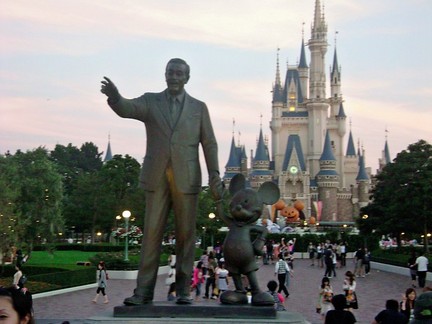
“In Tokyo, we were dealing with landfill for the first time. [Tokyo Disneyland] is built all on reclaimed land. What they have there is something called differential settlement. Even today, the castle there is actually on jacks, and the jacks have to be adjusted from time to time. One part will drop, because different parts of what’s underneath are going to change character … drop an inch or two. So they’re dealing with differential settlement on a regular basis.”
While building a Disney park in Japan offered many new challenges, then-Disney president Card Walker had to come to grips with something on a deeply personal level: Some 35 years before Disney and Oriental Land joined forces, Walker served in the U.S. Navy in the Pacific during the war against Japan. He was a flight deck officer aboard the USS Bunker Hill, which fought in eight battles between 1943 and 1945.
“Card had a really tough time dealing with the Japanese,” Marty said. “The hardest part for him was coming to grips with the loss of so many of the people he served with on the carrier. Many of them were his friends.”
Walker eventually came to terms with the dilemma and Disney and Oriental Land forged a strong partnership. Eleven years after Oriental Land had begun exploring the possibility of creating a theme park in Japan – and roughly nine years after design and construction had commenced on the Disney-Oriental project – Tokyo Disneyland opened its gates on a rainy April 15, 1983.
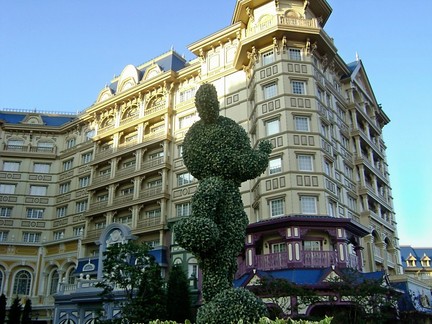
Before the gates opened, Masatomo Takahashi, president of Oriental Land, and Walker cut a ceremonial tape with Mickey Mouse and other Disney characters looking on.
In front of about 3,000 opening-day guests, Mr. Takahashi addressed the attendees from a platform set up in World Bazaar: “On this day, April 15, 1983, I declare the opening of Tokyo Disneyland!”
Card Walker offered the following words of dedication, just six months after doing similar honors at Epcot:
“To all of you who come to this happy place, welcome. Here you will discover enchanted lands of Fantasy and Adventure, Yesterday and Tomorrow. May Tokyo Disneyland be an eternal source of joy, laughter, inspiration, and imagination to the people of the world. And may this magical kingdom be an enduring symbol of the spirit of cooperation and friendship between the great nations of Japan and the United States of America.”
Soon after the opening of Tokyo Disneyland, Walker retired as an executive, but continued to serve as a consultant to the company until 1990. After 61 years of service – which started in the Disney Studios mailroom – Card Walker retired from the board of directors in 1999 and was designated an emeritus member of the board.
He died on Nov. 28, 2005, in La Cañada Flintridge, Calif., his legacy firmly established, his contributions to the company legendary … and his debt to Walt Disney more than paid off.


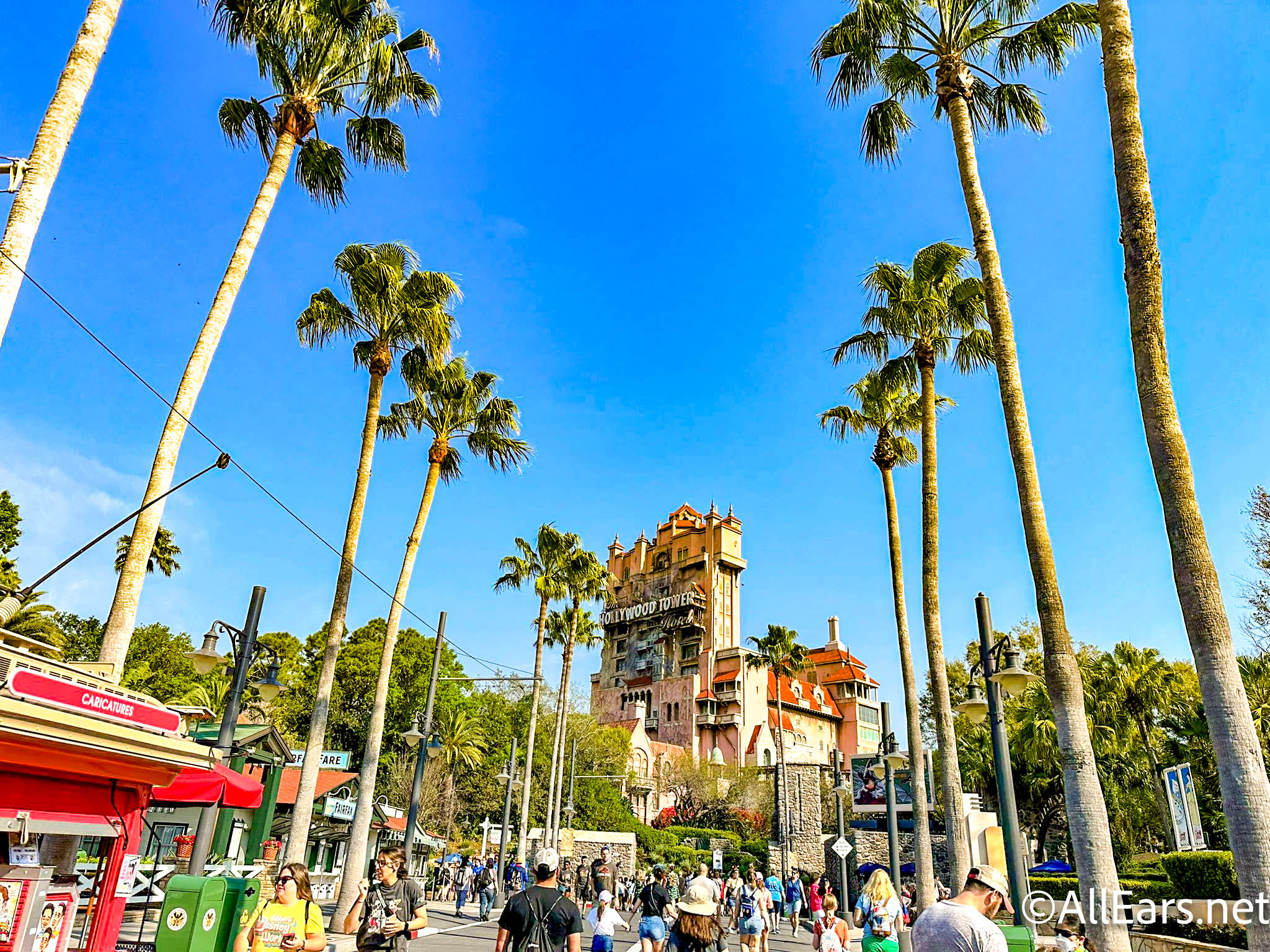



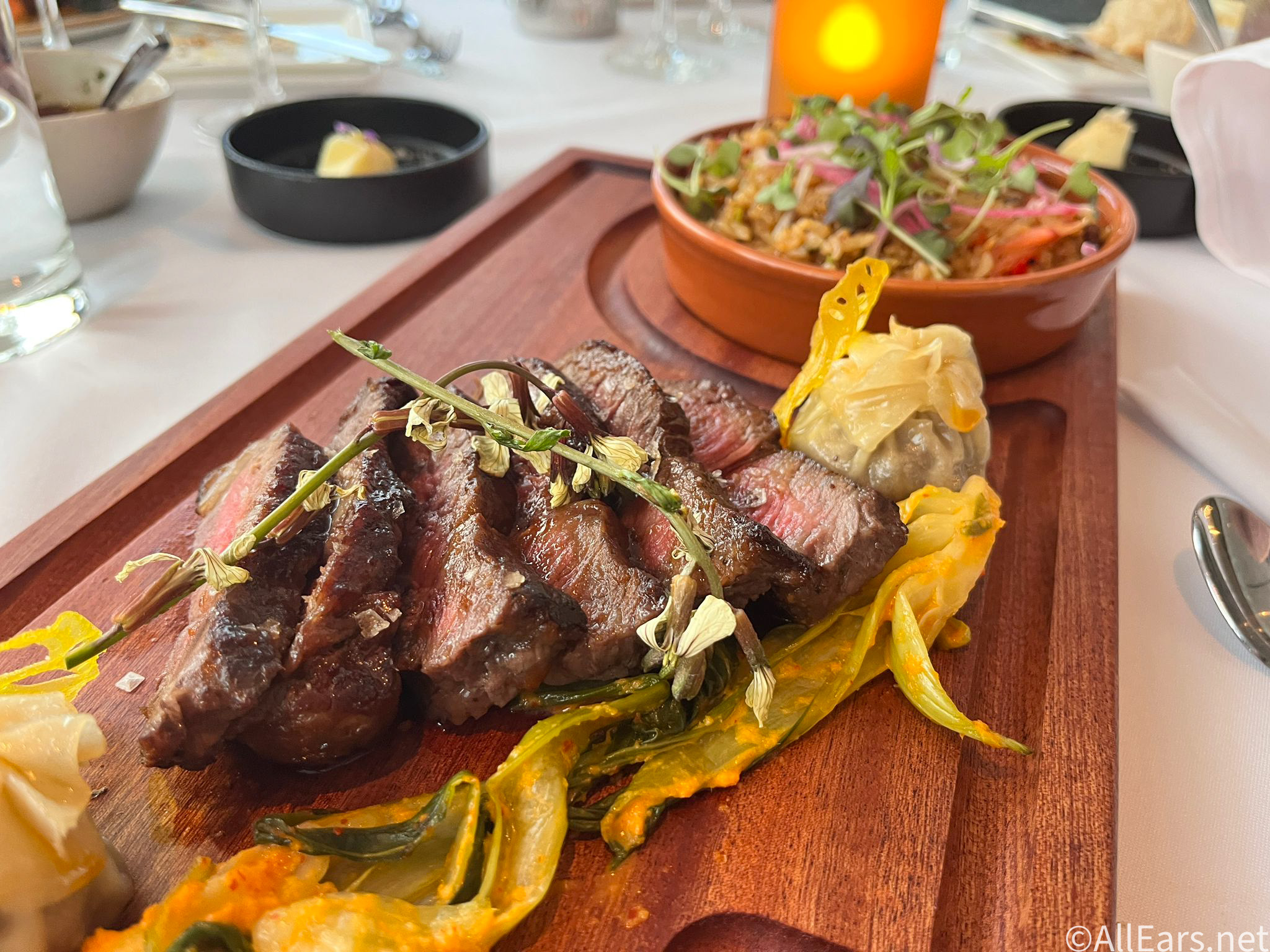
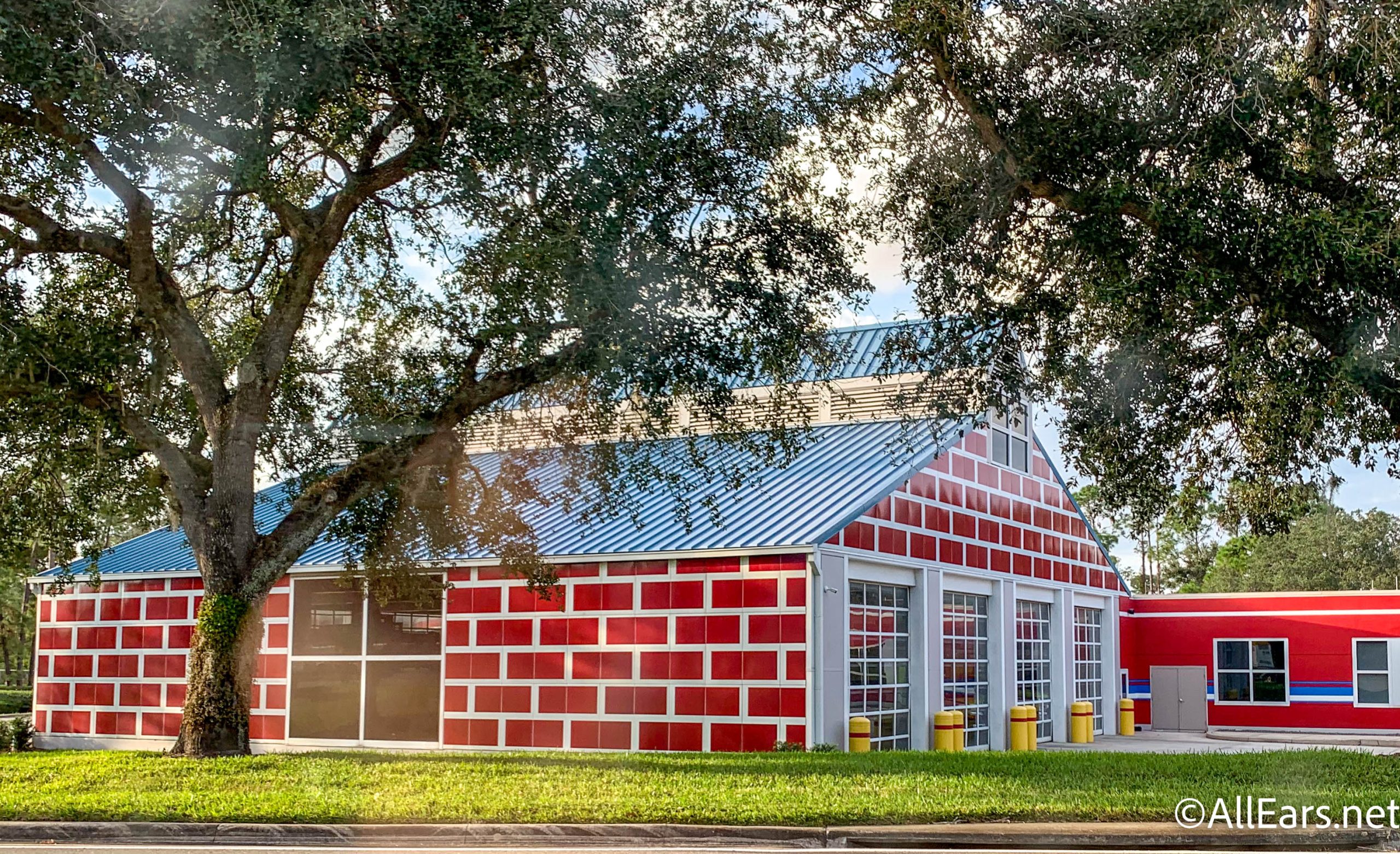
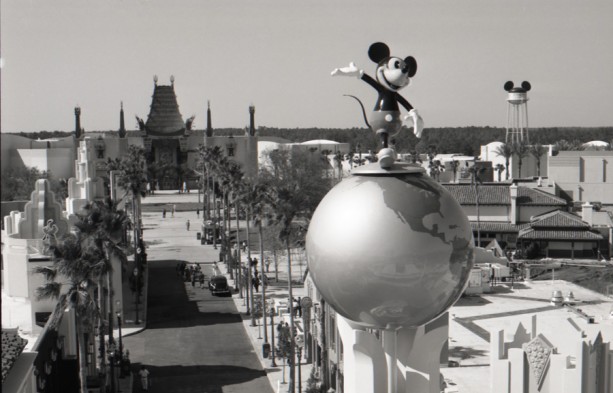
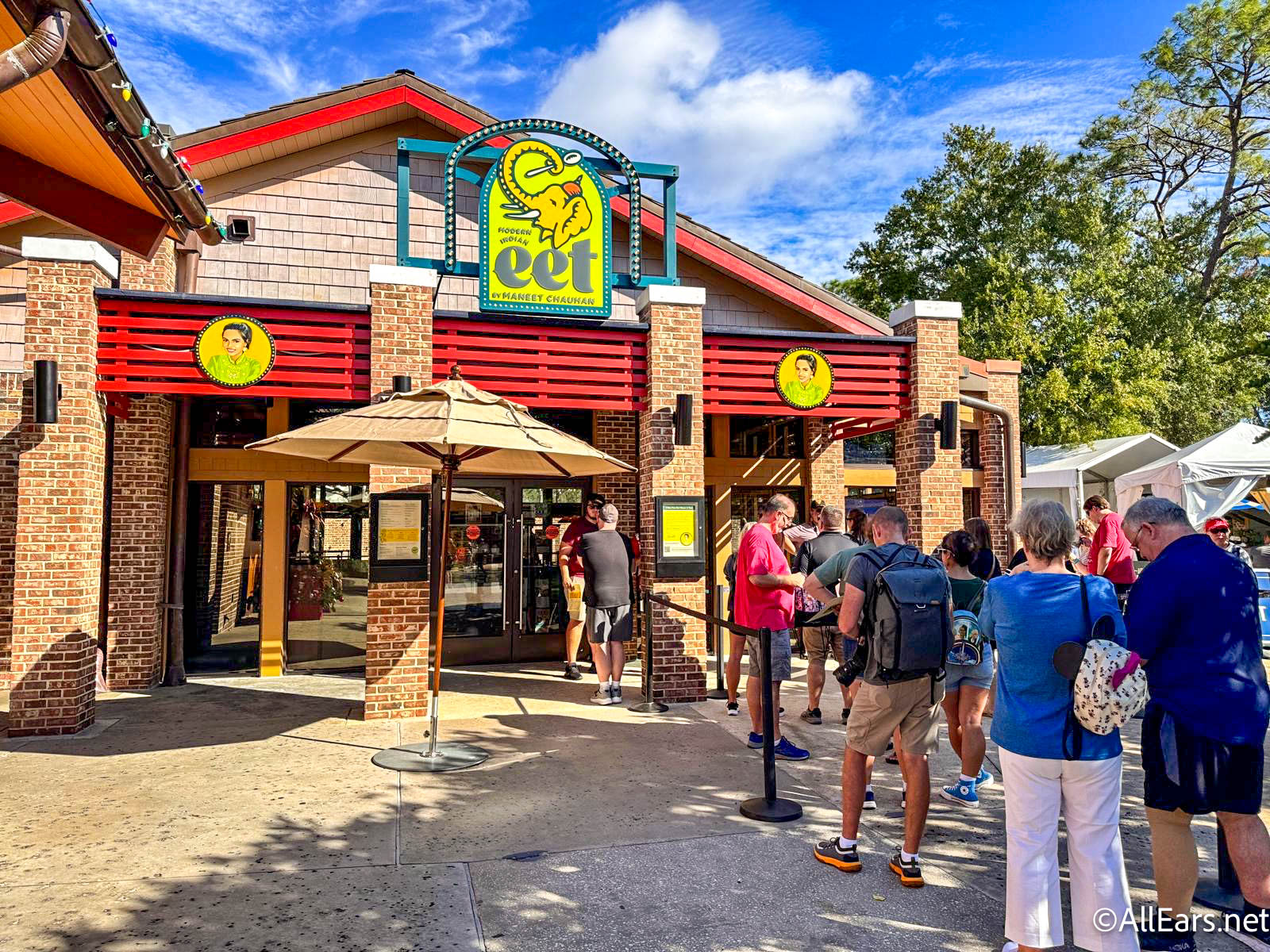
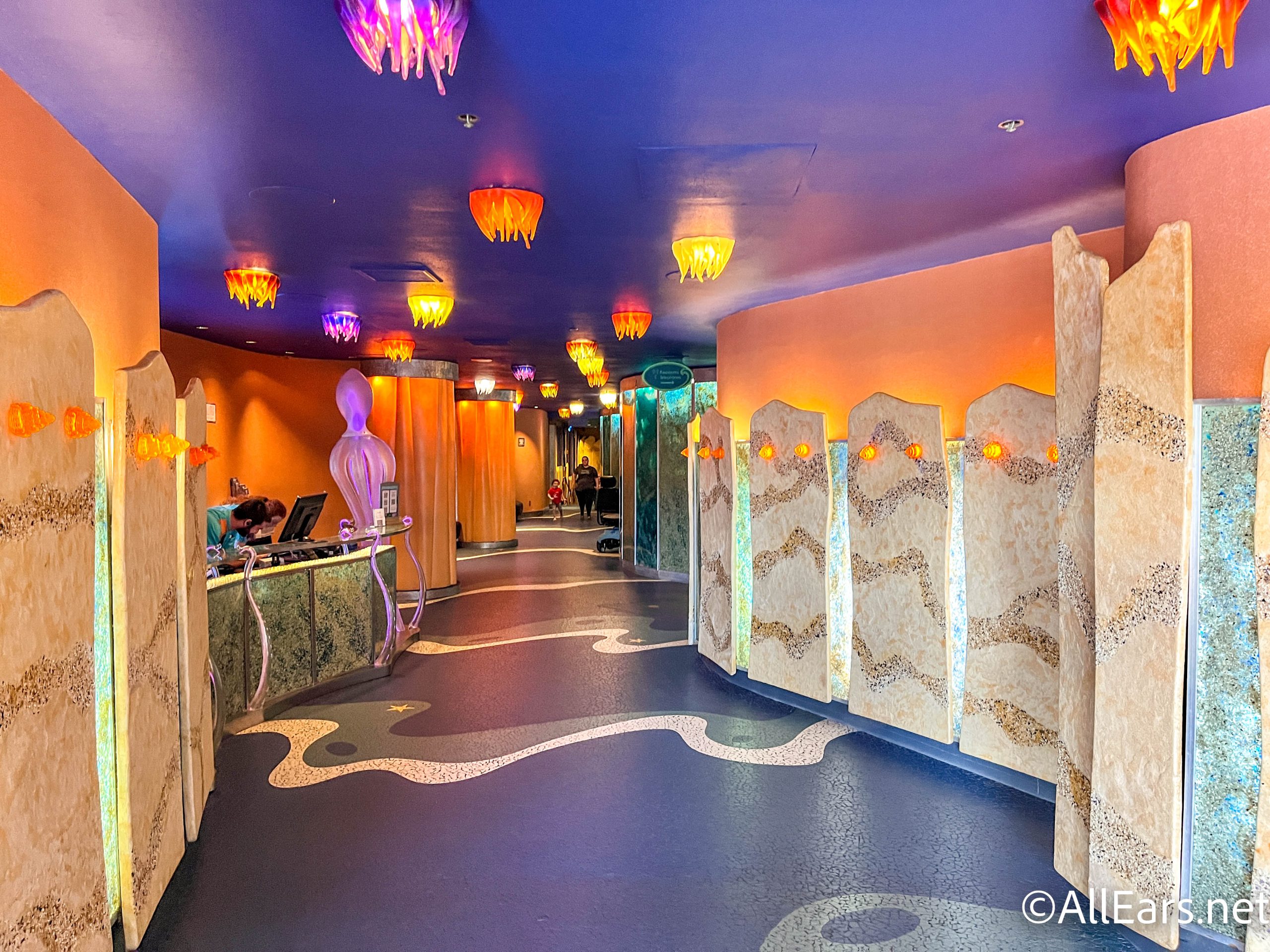
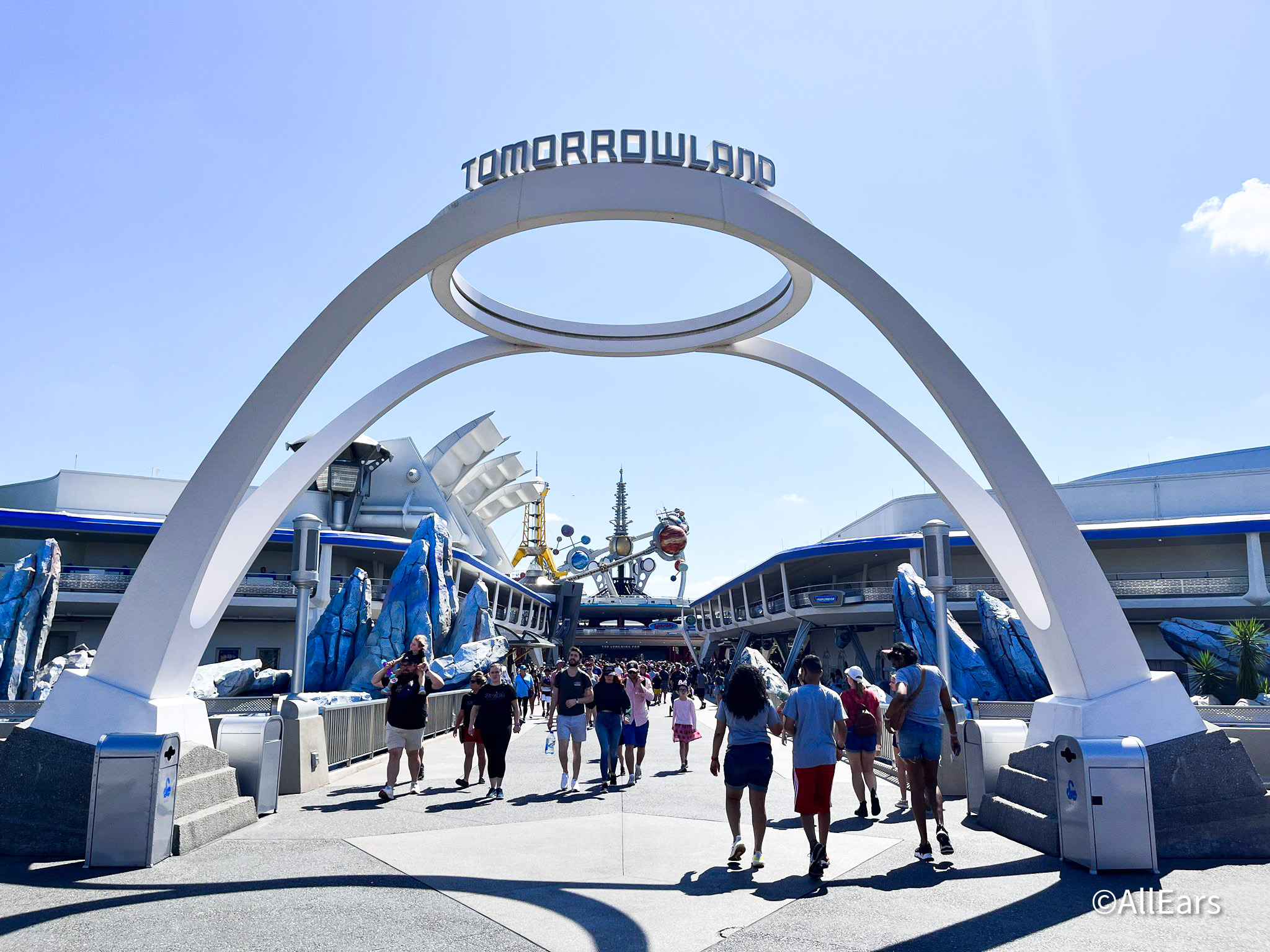



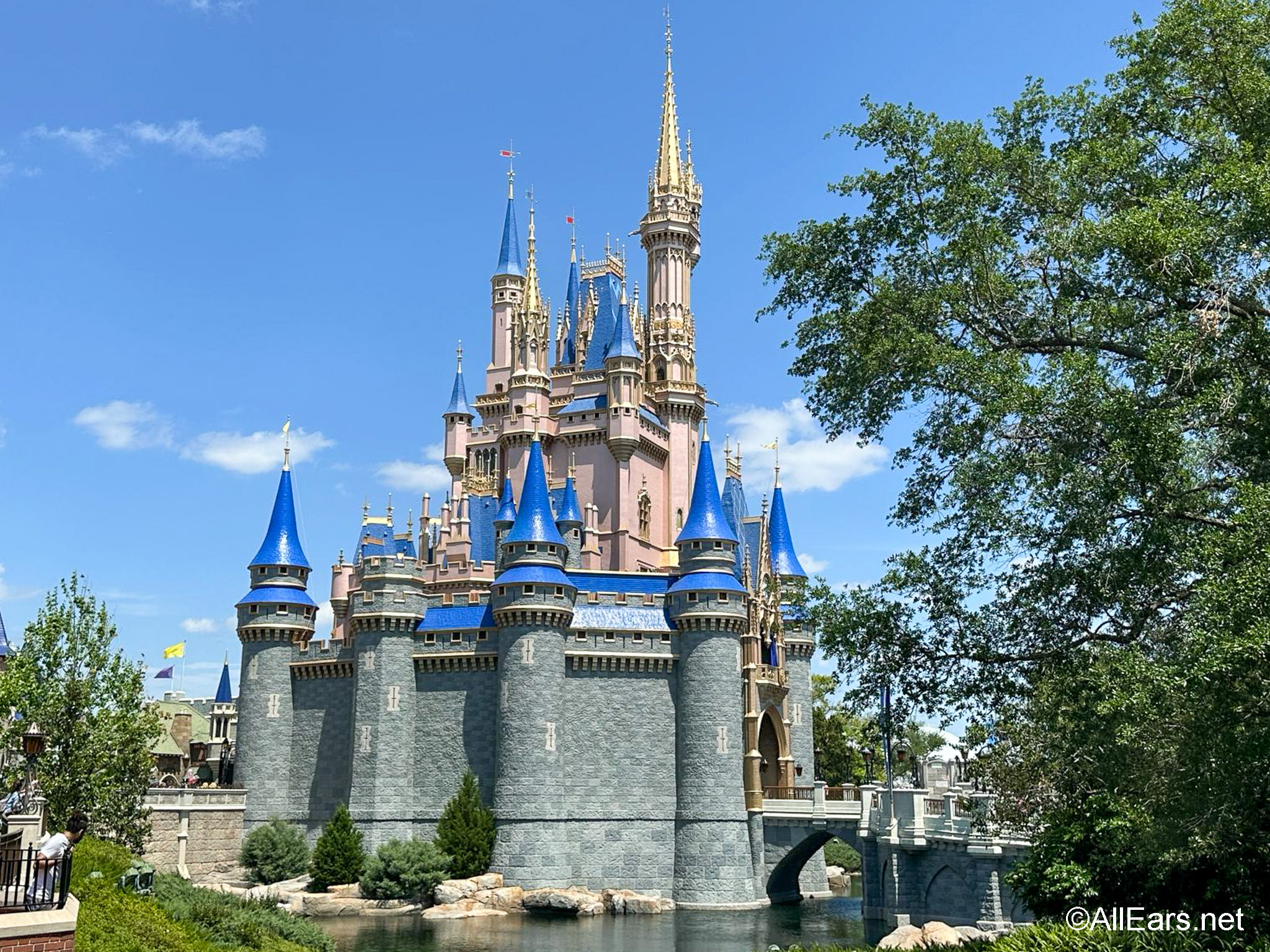
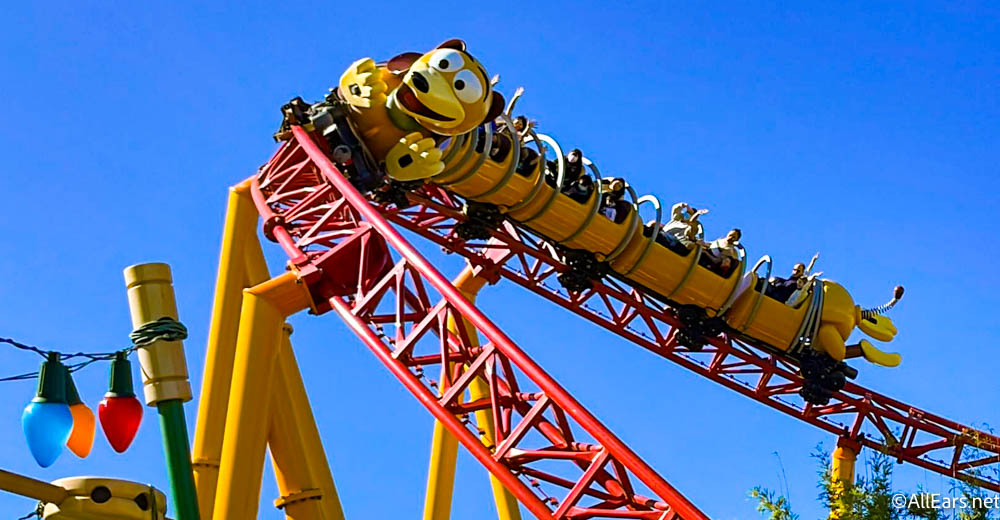
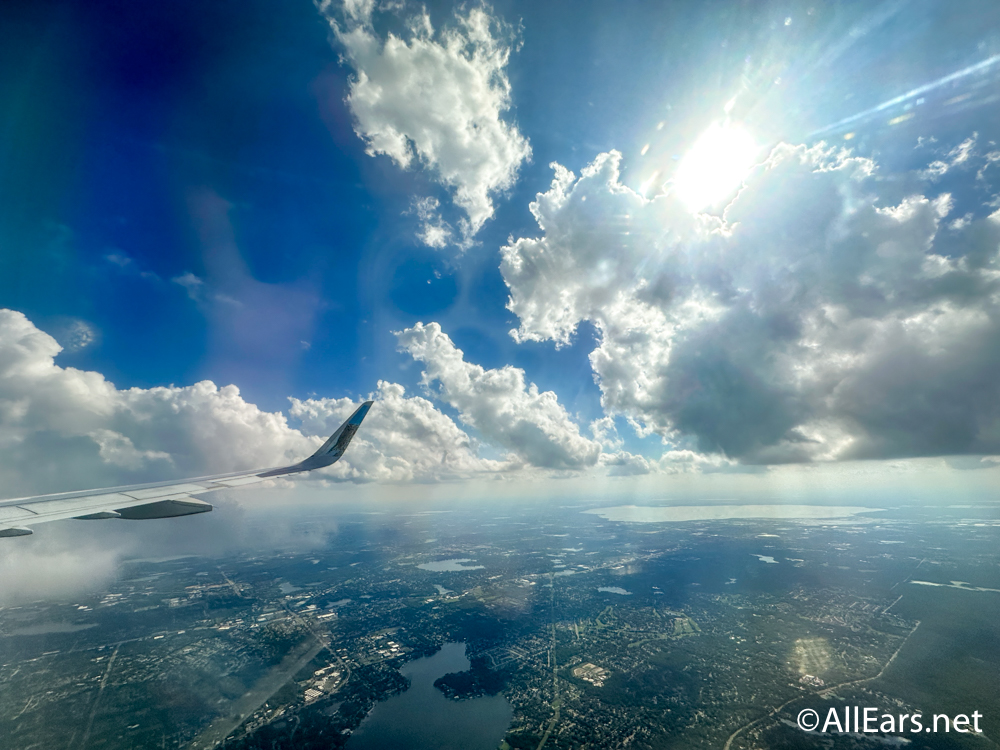
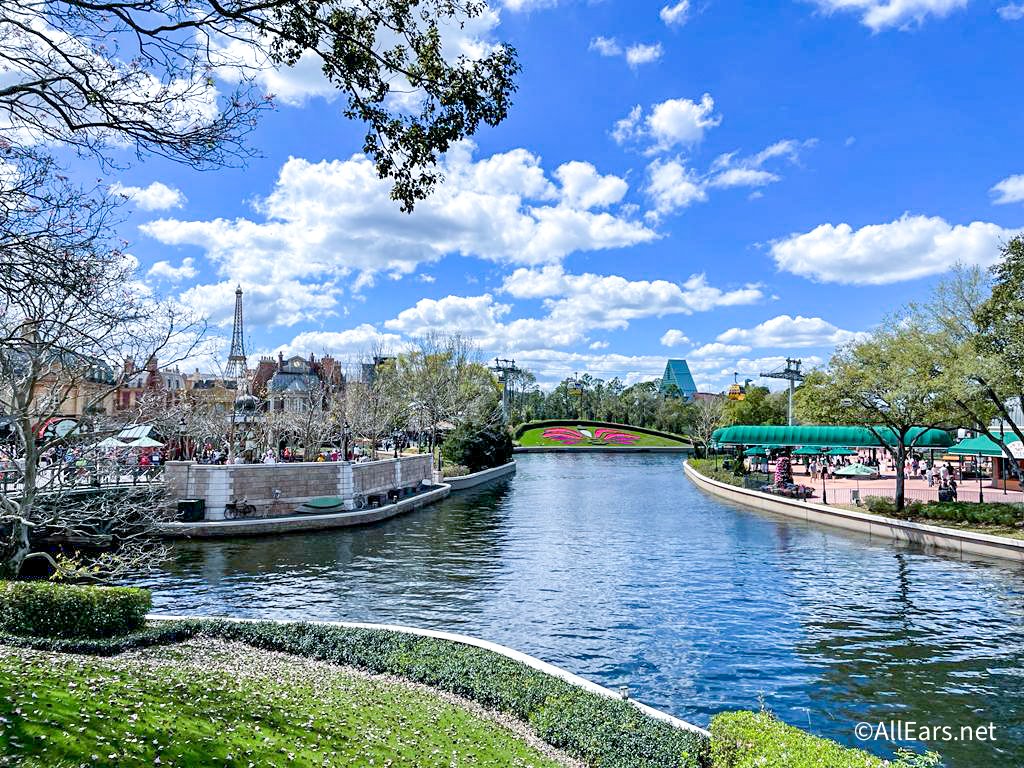
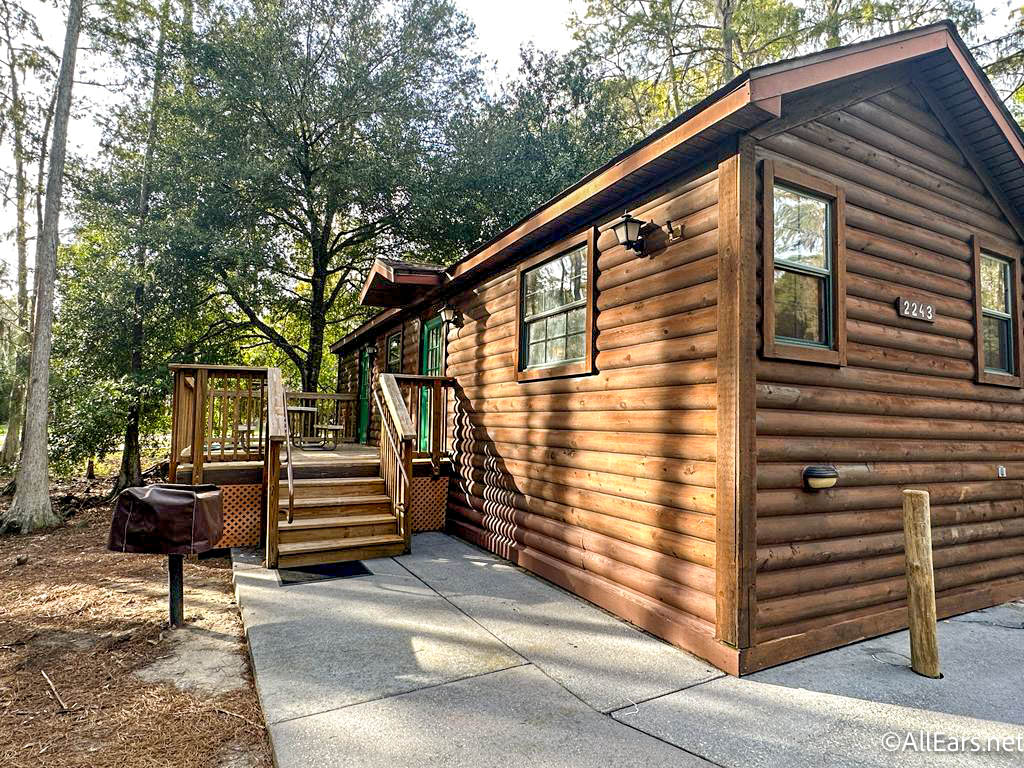

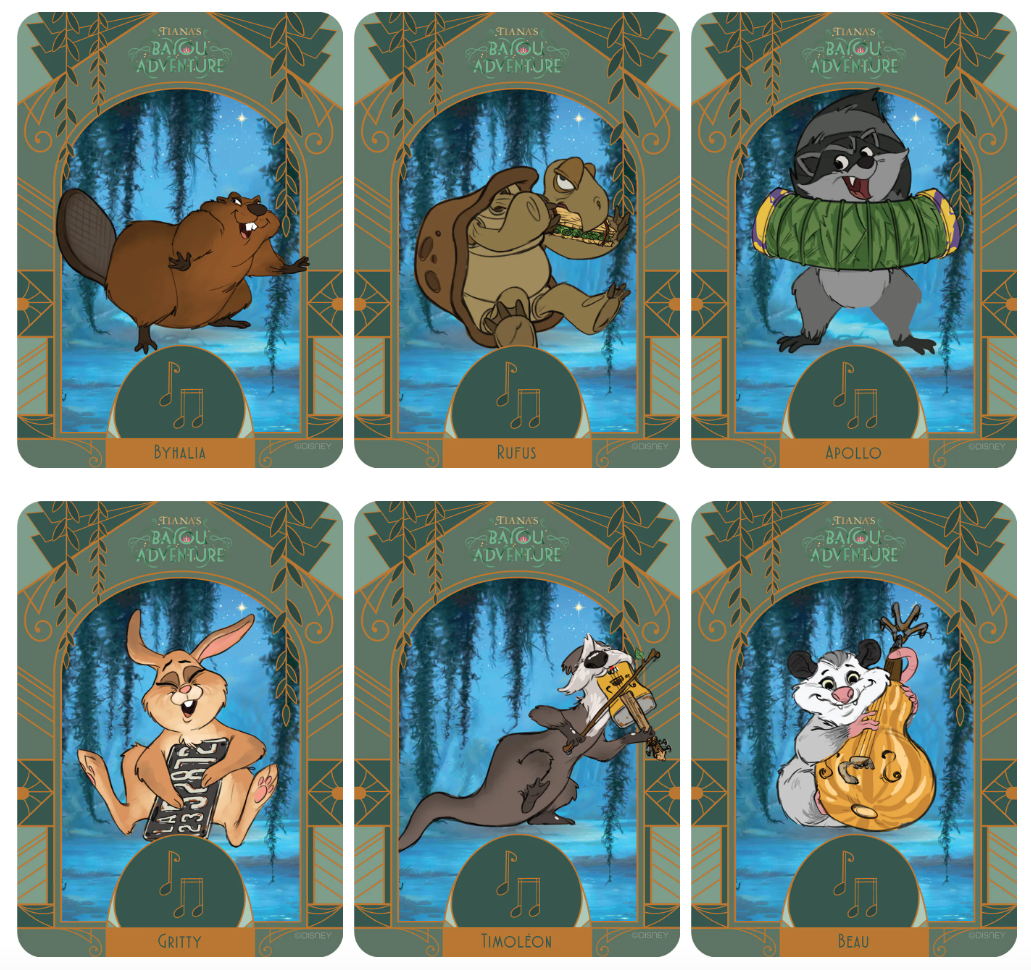

Trending Now
One Disney World park is about to celebrate a big milestone!
We're digging into Disney World's Magic Kingdom expansion plans!
From time to time, rides and attractions are taken out of production temporarily for various...
We found your perfect Hollywood Studios tee.
We are checking out seven fancy restaurants that are hidden in Disney World hotels!
The former Reedy Creek Improvement District Fire Department has now been rebranded.
What's become of Hollywood Studios' opening day attractions?
Wondering which of Disney World's new restaurants to eat at? We can help!
These Disney World restaurants needs some TLC.
We're rounding up the best souvenirs in Magic Kingdom's Tomorrowland!
There's a BRAND NEW Parade in Disney California Adventure!
A look at all the new Pixar Fest souvenirs and merchandise with prices for 2024!
We have a FULL LIST of ALL of the character meet and greets in Disney...
We can't believe people STILL think these bizarre things about Disney World are true!
We've got some of the BEST Cast Member tips just for YOU!
We don't want to make traveling more stressful, but be aware if you get SSSS...
We use these seven cheats at Disney World's EPCOT all the time.
Would you pay $50,000 for this piece of Disney history?
Check out all the new photos of Universal's new Terra Luna and Stella Nova Resorts...
Cast Members got EXCLUSIVE Tiana's Bayou Adventure souvenirs.